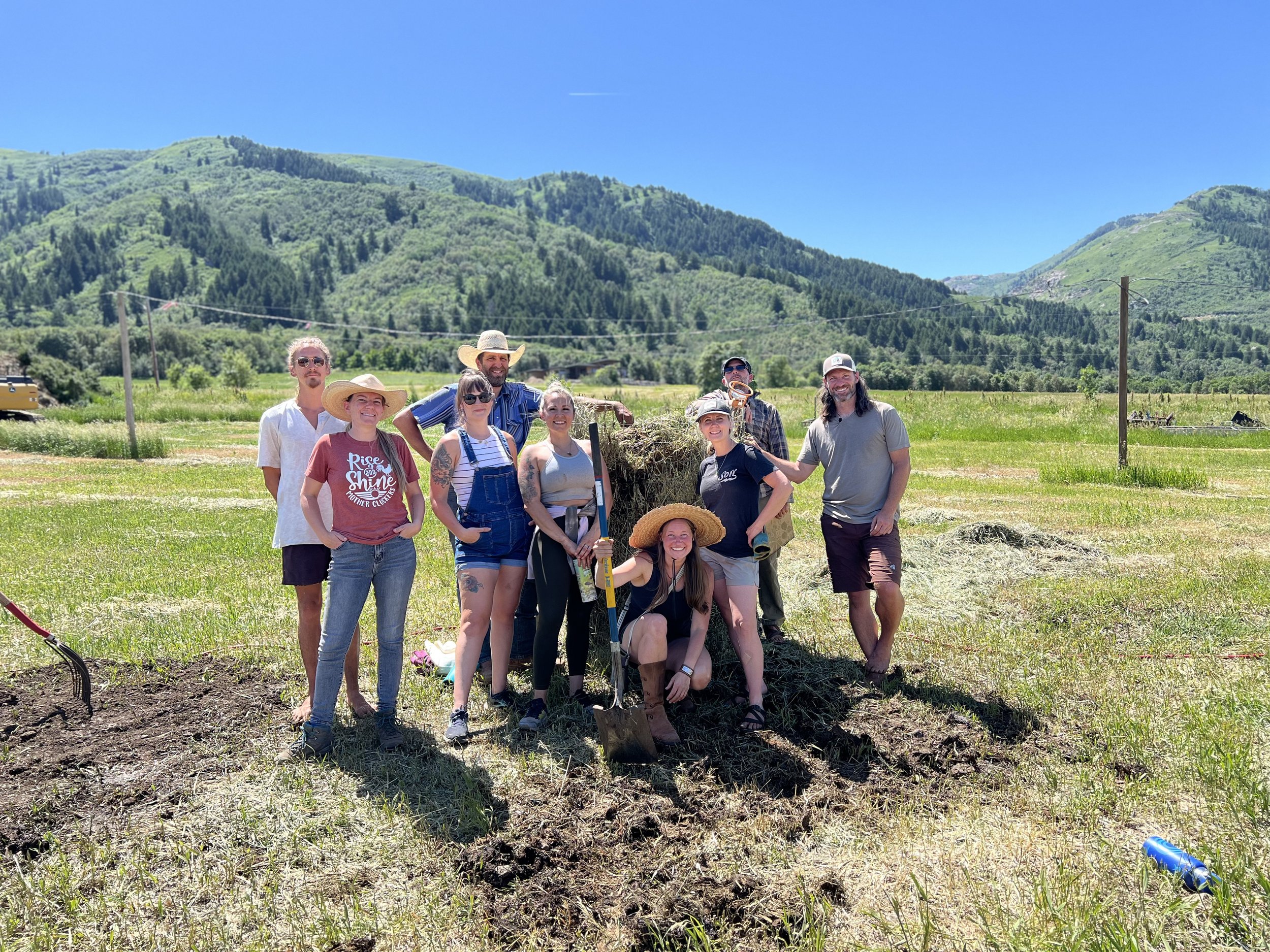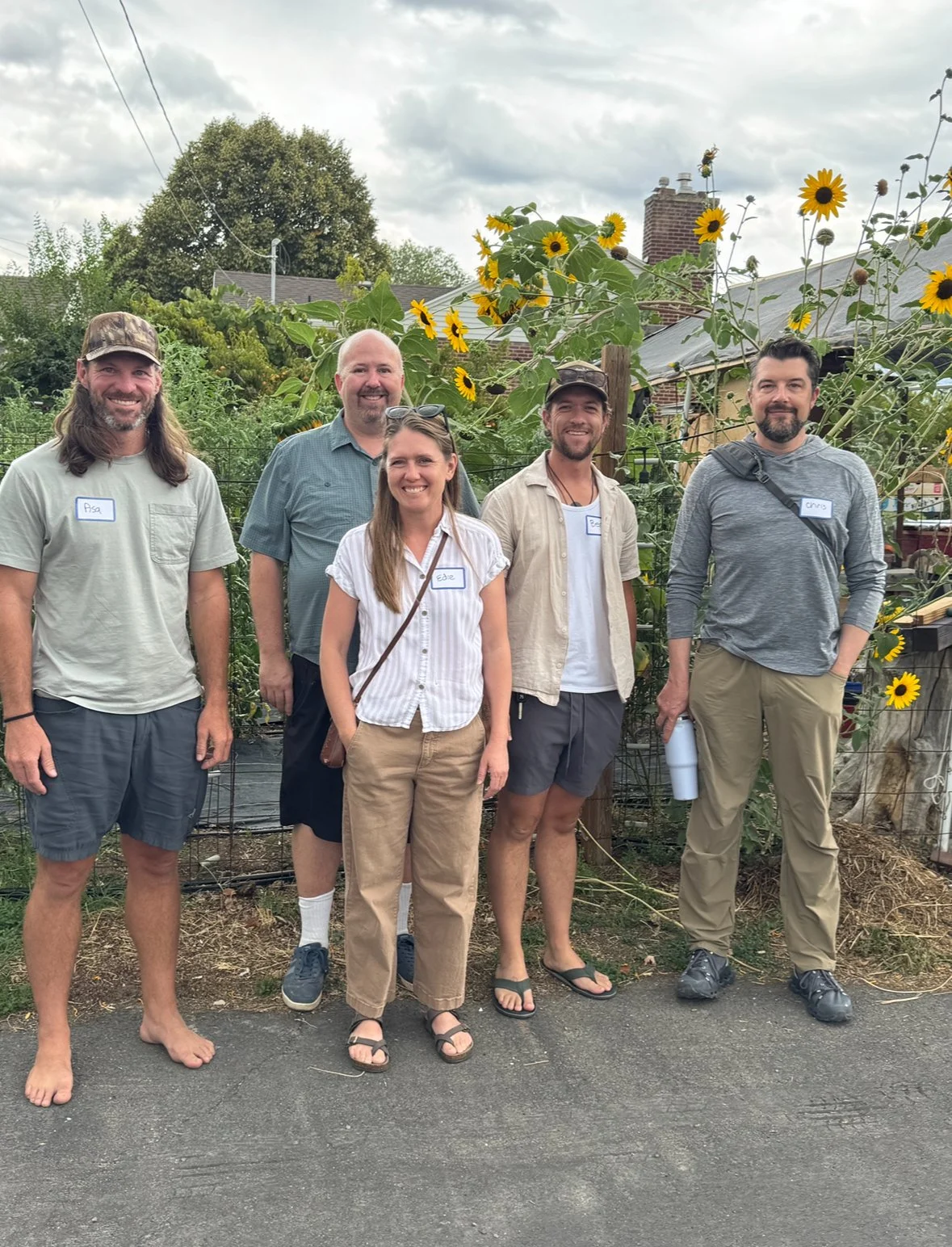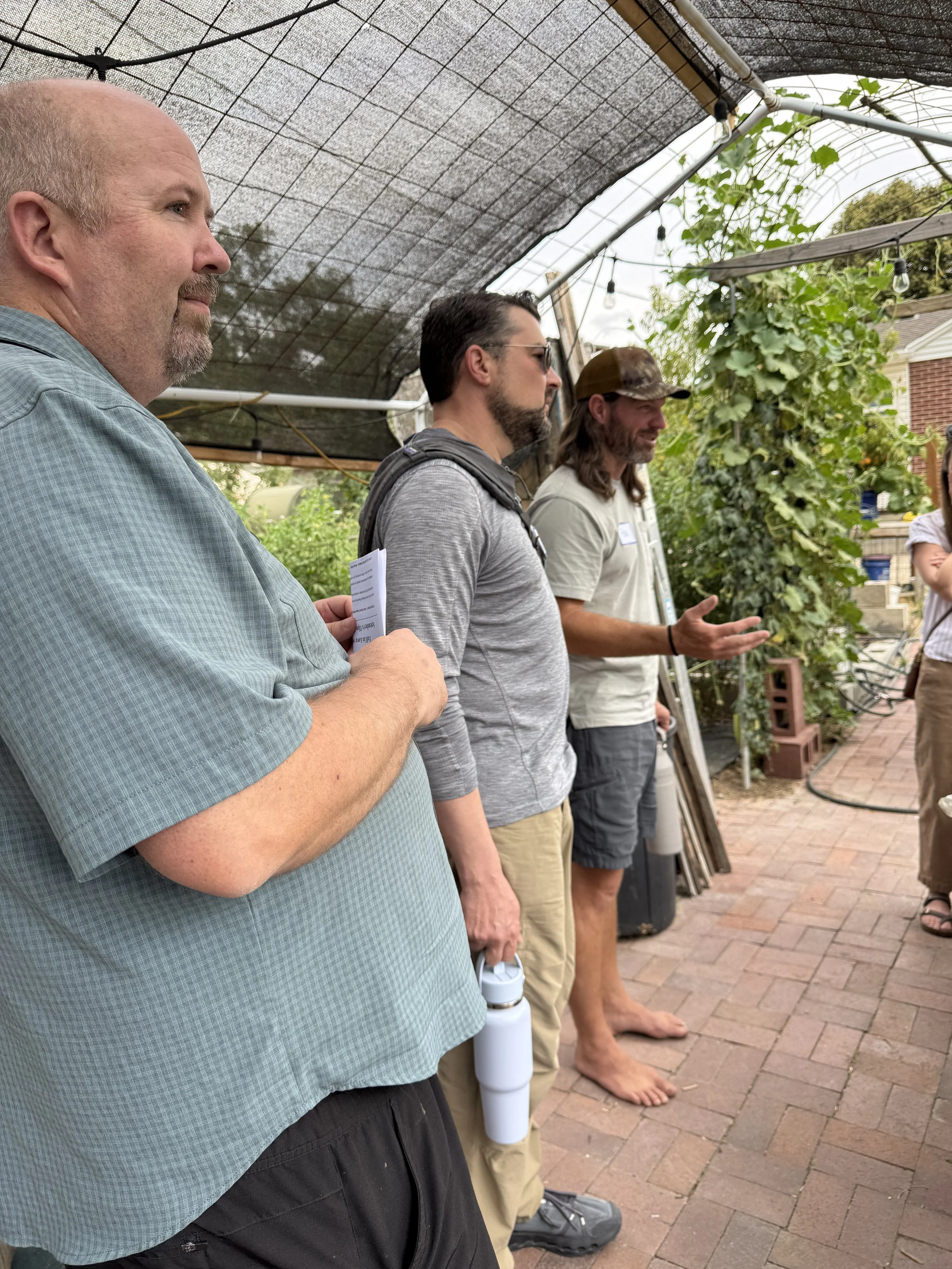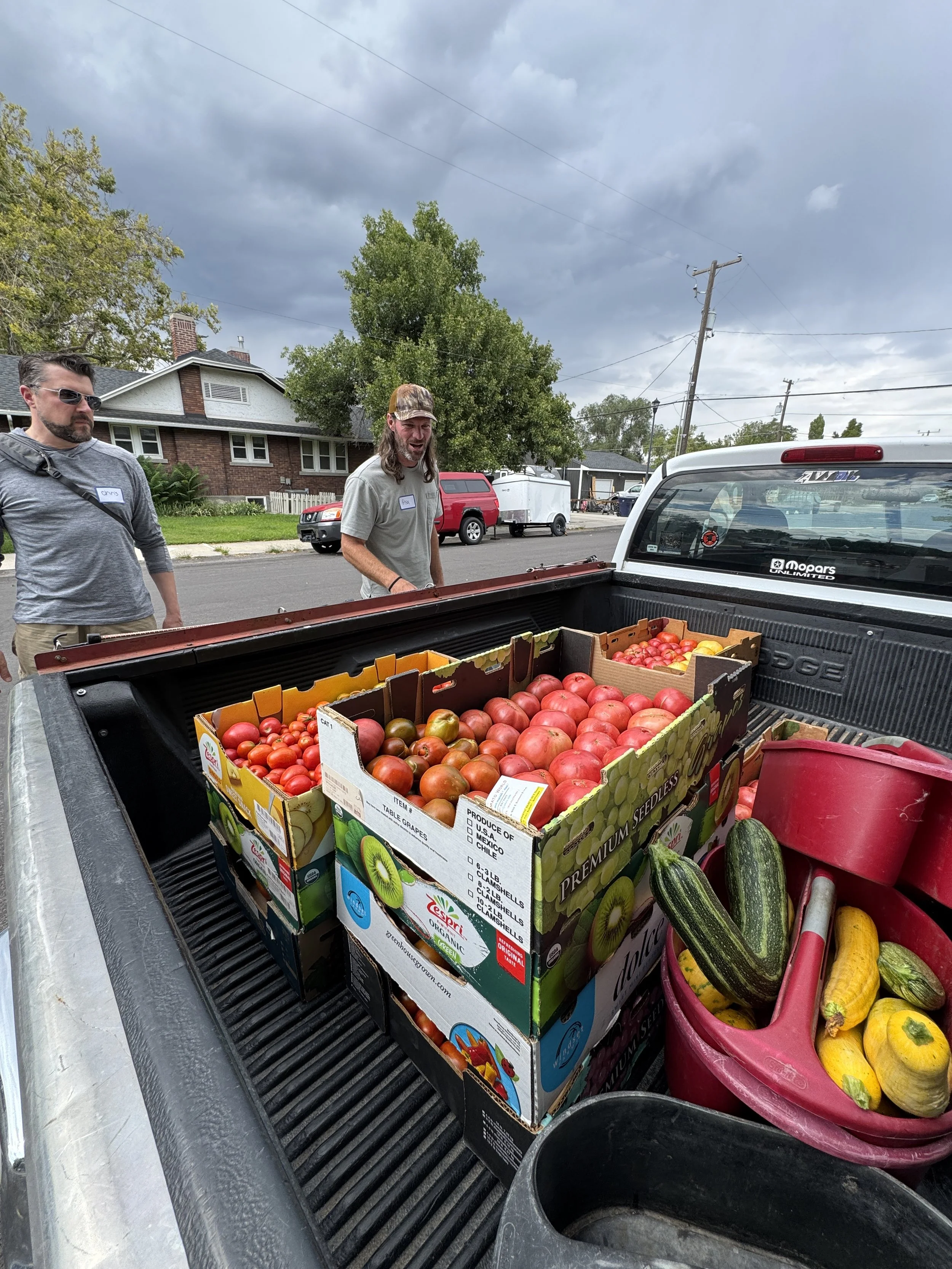
Join our Soil Savvy Club
Why Join the Movement?
Learn more about Asa’s Background
Global Community
Welcome to our online community of soil enthusiasts! Here, we connect passionate individuals dedicated to the art and science of soil rejuvenation and natural mineral fertilization. Whether you're a commercial farmer, a homesteader, or simply someone who loves nurturing the earth, you'll find a wealth of knowledge, practical tips, and engaging discussions. Join us as we delve into the wonders of soil health, share success stories, and support each other in our journey towards sustainable and bountiful harvests. Let's grow together, one conversation at a time!
Members Only Discounts
Unlock exclusive discounts on our premium all-natural fertilizers and soil products! As a valued member of our community, you gain access to special offers that make nurturing your plants more affordable than ever. Enhance your soil's health and boost your harvests with our top-quality, eco-friendly solutions. Join us today and enjoy the benefits of greener, more vibrant growth at a fraction of the cost. Grow better, save more!
Monthly Live Q&A’s with Asa
Join our vibrant community for live monthly Q&A sessions and an interactive online forum with our soil expert, Barefoot Asa! Get your burning questions answered, gain valuable insights, and deepen your understanding of soil health and natural fertilization. Whether you're tackling tough soil challenges or looking to optimize your growing practices, Asa's expertise is here to guide you. Connect with fellow enthusiasts, share experiences, and learn together in a supportive and engaging environment. Don't miss out on this unique opportunity to grow your knowledge and your garden!
What’s included?
As a member of our exclusive online Soil Savvy Club, unlock a wealth of benefits designed to elevate your soil and gardening expertise! As a member, you'll gain access to our comprehensive online course, insightful monthly newsletters, and generous discounts on our premium all-natural products. Participate in monthly live Q&A sessions with soil expert Barefoot Asa, engage in our vibrant online forum, and take on exciting monthly challenges. Plus, be part of a supportive community that shares your passion for sustainable growth. Sign up today and cultivate success with us!
-
As a member, you'll access a comprehensive online course, monthly newsletters, and discounts on premium all-natural products. Participate in live Q&A sessions with soil expert Barefoot Asa, engage in our vibrant forum, and tackle monthly challenges. Plus, join a supportive community passionate about sustainable growth.
-
Each month, members enjoy access to our in-depth online course, packed with valuable gardening and soil health insights. Stay informed with our monthly newsletters and save with exclusive discounts on our premium all-natural products. Join live Q&A events with experts, and receive invites to local events, workshops, and masterclasses. Enhance your skills and connect with a community passionate about sustainable gardening.
-
Connect with fellow gardeners and experts, share tips, ask questions, and celebrate your successes. Whether you're a novice or a seasoned pro, our community is here to support and inspire you on your journey to healthier, more productive soil. Join us and grow together!
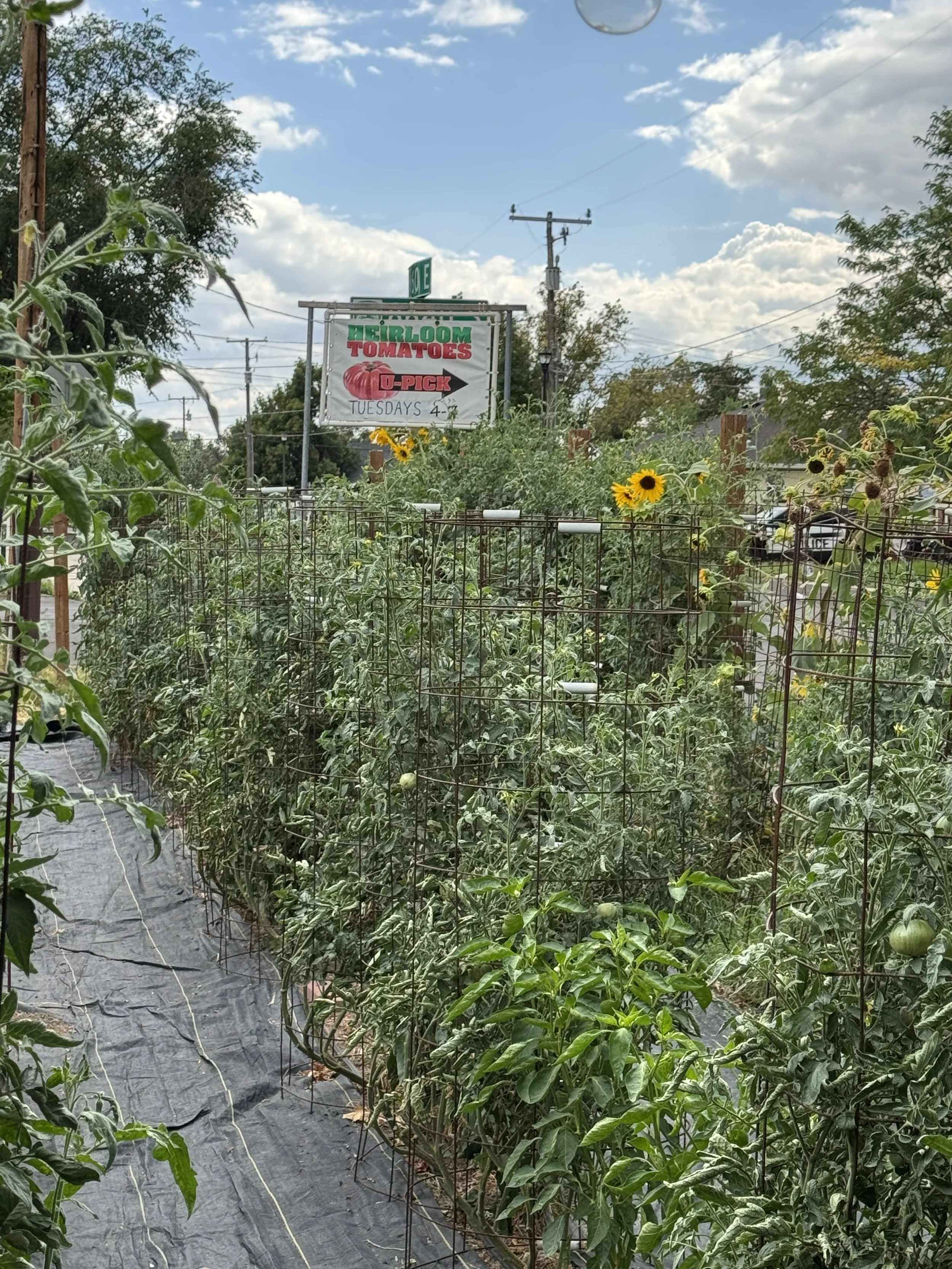
Join our group via meetup.com called “Utah Soil & Gardening Club” for in-person workshops near Salt Lake. Build a community for social gatherings with people who want to learn about how to make their soil as healthy and balanced as possible.
FAQs
-
1. Mulch Generously
How: Apply a 2–4 inch layer of organic mulch (wood chips, straw, bark, leaves) around your plants.
Why it works: Mulch blocks sunlight, preventing weed seeds from germinating.
Tip: Use landscape fabric under mulch for even better control, especially in perennial beds.
2. Use Ground Covers or Dense Planting
How: Fill empty spaces with ground covers like clover, creeping thyme, or dense planting arrangements.
Why it works: They crowd out weeds and reduce the space where weeds can grow.
3. Hand Weed Regularly
How: Weed by hand when the soil is moist (after rain or watering). Use tools like a hoe or a weeding knife.
Why it works: Early and consistent removal prevents weeds from seeding and spreading.
4. Install Edging or Barriers
How: Use physical borders (metal, stone, plastic) to separate your garden from weedy areas like lawns or paths.
Why it works: Prevents invasive grasses and weeds from creeping in.
5. Avoid Disturbing the Soil
How: Minimize tilling or digging unnecessarily.
Why it works: Weed seeds are often buried deep and dormant; disturbing soil brings them to the surface where they can germinate.
6. Water Strategically
How: Use drip irrigation or soaker hoses to water only where needed.
Why it works: Weeds need water too — avoid watering areas where you don’t want anything growing.
7. Kill Weeds with Targeted Methods
Boiling water for driveway or path weeds.
Vinegar spray (for spot treatment; avoid plant roots).
Flame weeder for patios and gravel areas.
8. Plant a Cover Crop in Off-Season
How: Grow rye, buckwheat, or vetch in fall or early spring.
Why it works: Smothers weeds, adds organic matter, and improves soil health.
-
If your compost smells bad, it’s often a sign that something is off balance. Here’s how to diagnose and fix the problem:
Common Causes and Solutions for Smelly Compost
Too Much Moisture
Cause: Excess moisture can lead to anaerobic conditions, causing a foul smell.
Solution:
Turnthe compost pile to aerate it.
Add dry materials like straw, shredded paper, or dry leaves to absorb excess moisture.
Ensure your compost pile is covered to prevent excess rainwater from entering.
Lack of Aeration
Cause: Without enough oxygen, composting materials can become anaerobic, producing bad odors.
Solution:
Turn the compost pile regularly (at least once a week) to introduce oxygen.
Create ventilation by using a compost bin with adequate aeration or by inserting ventilation pipes into the pile.
Improper Balance of Green and Brown Materials
Cause: Too much nitrogen-rich "green" material (like kitchen scraps) without enough carbon-rich "brown" material (like leaves) can cause odors.
Solution:
Add more brown materials to balance the compost. Aim for a ratio of about 3 parts brown to 1 part green.
Avoid adding too many high-nitrogen items like grass clippings and food waste without balancing them with browns.
Inappropriate Materials
Cause: Adding materials that don’t compost well can create bad smells (e.g., meat, dairy, oily foods, pet waste).
Solution:
Remove inappropriate materials if possible.
Only compost vegetable scraps, fruit peels, coffee grounds, eggshells, leaves, straw, and paper.
Compacted Pile
Cause: If the compost pile is too dense, it can restrict airflow, leading to anaerobic conditions.
Solution:
Turn the pile to break up compacted areas.
Mix in bulky materials like straw or small branches to improve aeration.
Preventative Measures
Size Matters: Keep your compost pile between 3x3 feet and 5x5 feet. Smaller piles may not heat up properly, while larger piles can be hard to manage.
Layering: Alternate layers of green and brown materials to maintain balance and ensure good airflow.
Location: Place your compost pile in a well-drained area to prevent waterlogging.
By identifying and addressing these common issues, you can fix the smell and ensure your compost pile is healthy and productive.


